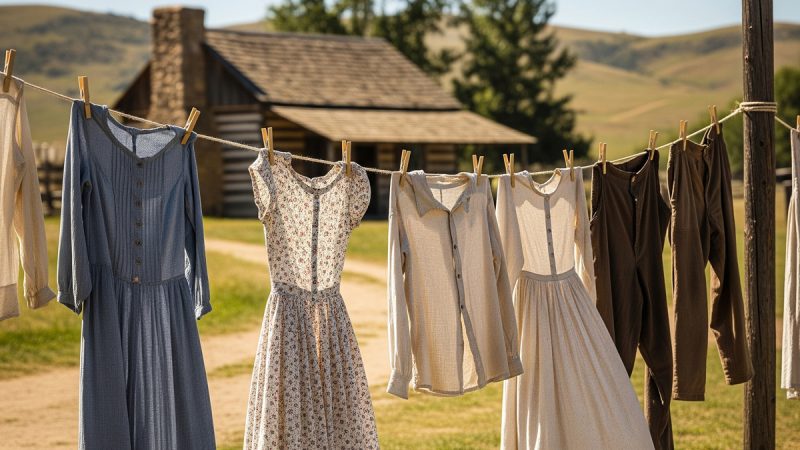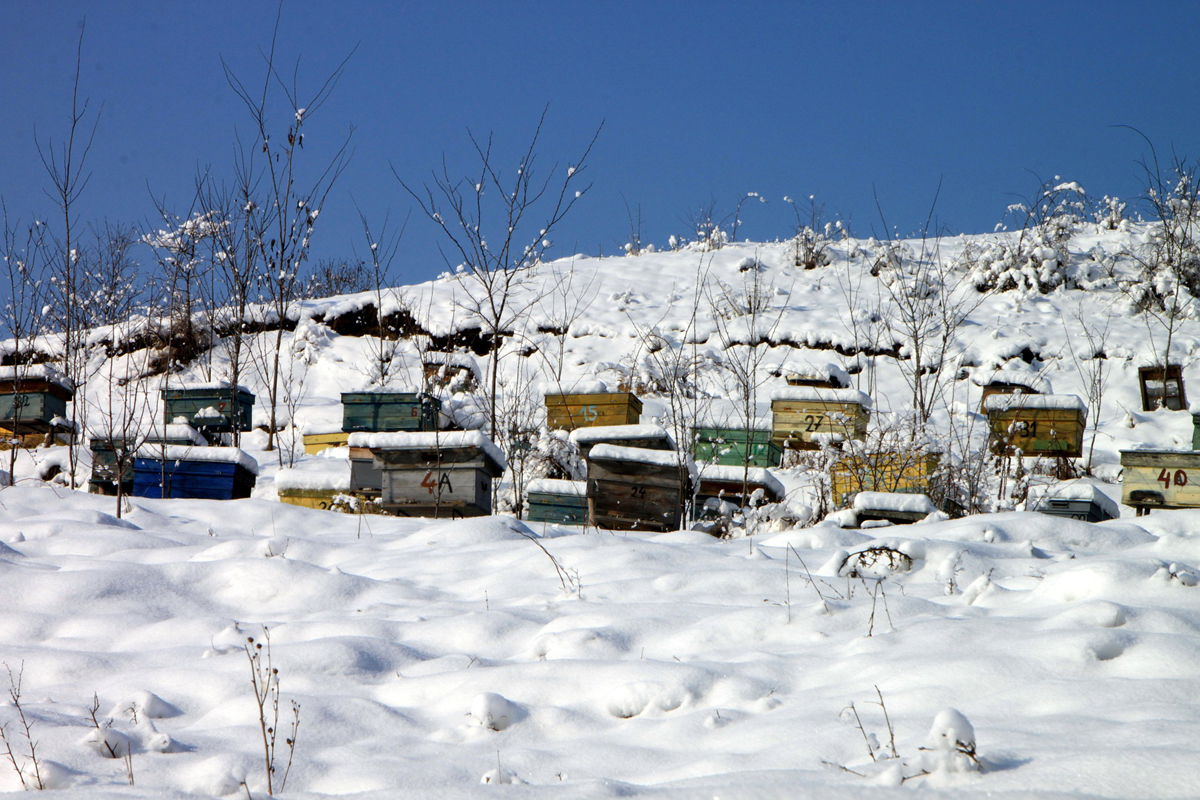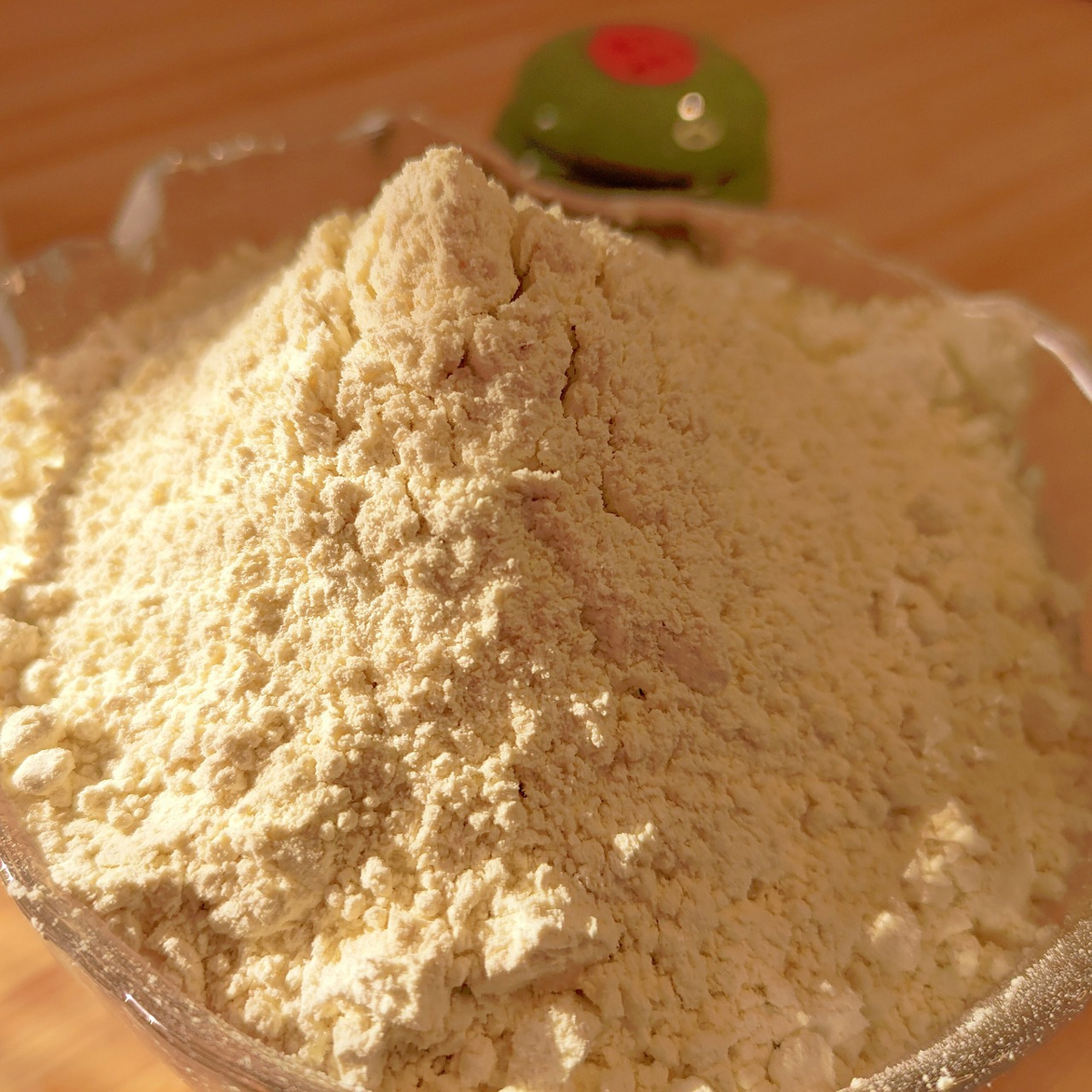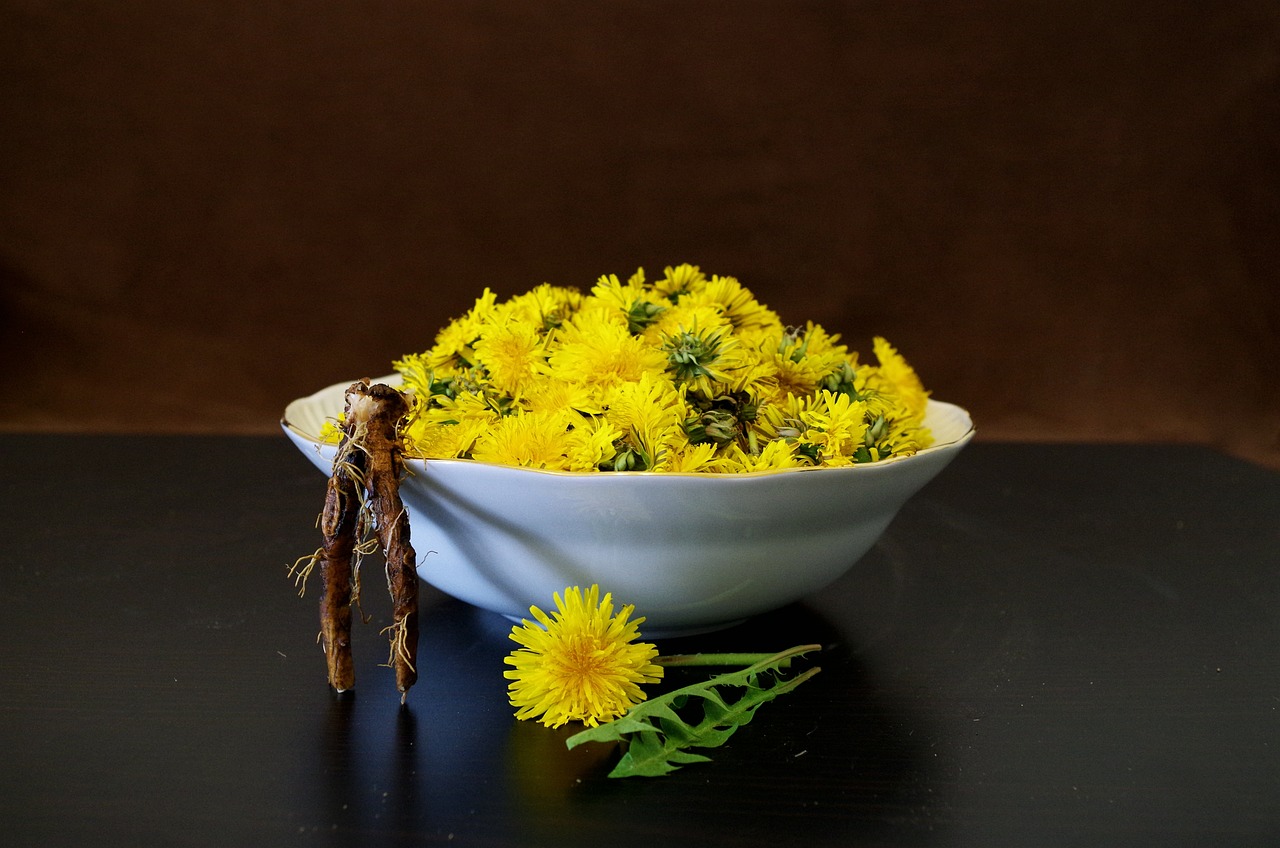Packaging Your Honey

Large beekeepers can not turn a profit if they limit their market to their local community. Beekeepers who have several colonies must be able to sell their product at larger grocery stores and supermarkets if they want to remain financially solvent.
In order for beekeepers to sell their honey to a larger market their packaging must meet certain USDA standards.
The first thing beekeepers have to decide is what kind of container they want to use to hold their honey. The standard size of containers used to sell honey are measured in pounds. The typical amount of honey offered to the customers can be as small an amount as a half pound or as large as five pounds of honey. Some stores prefer to sell honey that is measured in gallons, these stores offer their customers the option of purchasing a container of honey as small as a half pint or as large as one gallon. If, as a beekeeper, you are attracted to novelty containers you can choose from a variety of fun containers such as skeps, bears, and plastic squeeze bottles.
Once you have settled on the perfect bottle for your honey you have to design an equally perfect label. Before you start designing a label for your honey check with your state government, most states have several laws and requirements about how labels appear on products. Make sure that the word honey is written in bold letters across the label. The word should stand out and really catch the casual shopper’s eye. Most graphic designers recommend that the honey should run parallel with the container’s base. Do not authorize a label if the design does not incorporate your name (or your farm’s name) and your address. If you use a packing or distribution company their name and address must also be included on the label. The final thing that needs to be clearly printed on the label is the net weight of the honey. If the honey you are marketing weighs between one to four pounds then the weight has to be written in both pounds and ounces. The print size used to show the net weight is not random, the font size is determined by the size and shape of the container.
If you are a beekeeper who harvests your honey more then once a season you might be able to write what flavor of honey you are selling. You might have honey that is flavored with clover, alfalfa, or apple blossoms.
Labels that have words such as unfiltered, natural and raw refer to honey that has not been processed.
Beekeepers who have USDA (United States Department of Agriculture) grades printed on the label have passed a set of USDA grade standards. Honey that has a USDA grade of A has passed the exacting government standards. Honey that has a USDA grade of D has passed only a bare minimum of standards. The USDA grades honey based on the amount of moisture in the honey, clarity, flavor quality, and defects.
The Author:
Graham Williams








